Next to Miaotou Village in Huangpu District, Guangzhou, there is a sea-sacrificial temple that has been passed down for more than 1,400 years. It is the largest and most complete sea-sacrificial temple preserved among the four sea-sacrificial temples in China. It is an important place for emperors of all dynasties to worship the sea and one of the birthplaces of the ancient Maritime Silk Road. It is the South China Sea Temple.
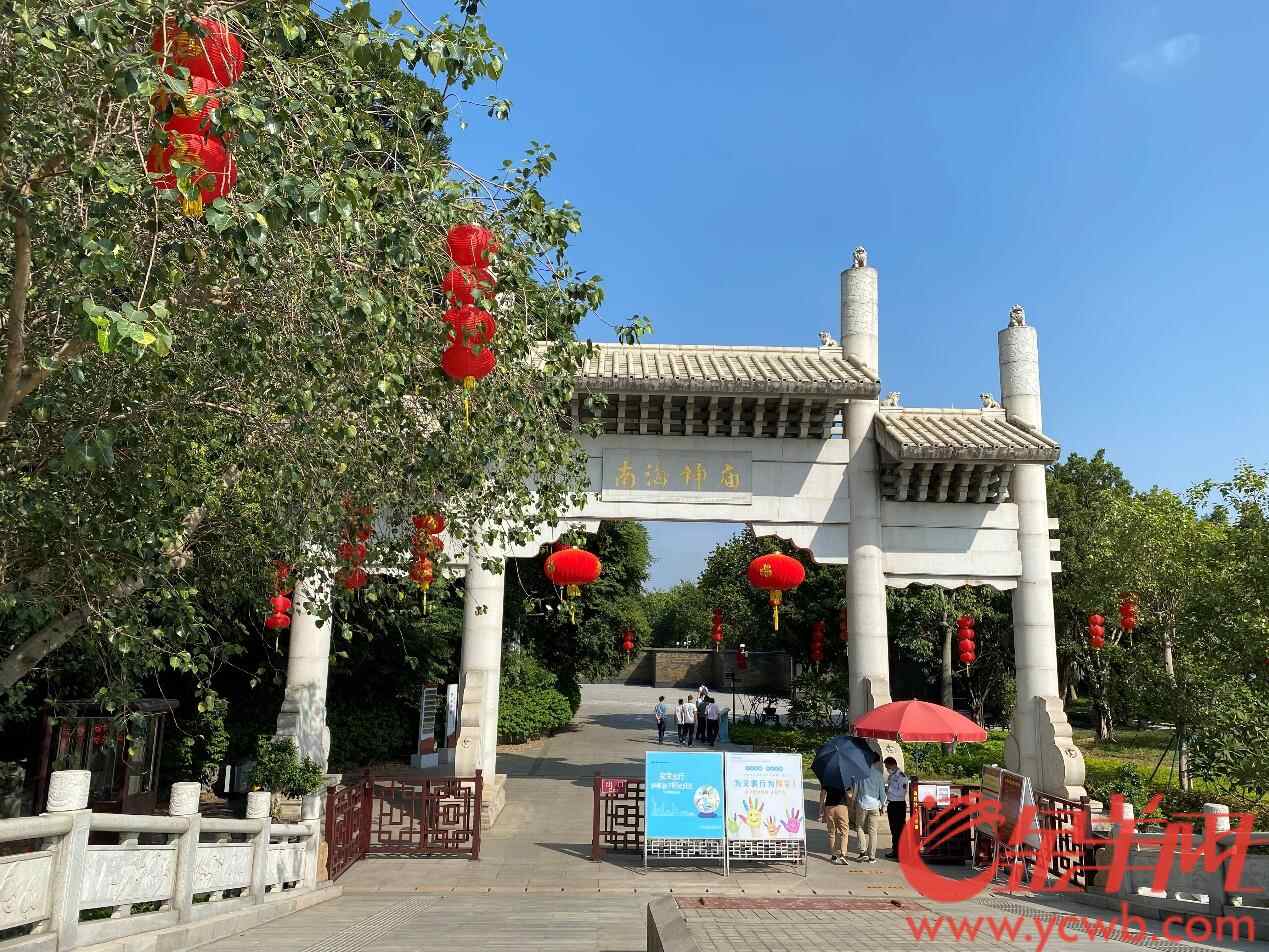
The entrance of the Nanhai Temple Scenic Area
CinemaThe Nanhai Temple was built in the 14th year of Kaihuang in the Sui Dynasty (594th year of the park) and is located in <a The mouth of the Pearl River has been sent by emperors of all dynasties to worship the sea since the Sui and Tang Dynasties. The imperial inscriptions of Kangxi and Hongwu were written by Su Shi and Han Yu, and there were thousands of years of poems. There are 47 steles inscribed in the temple in the temple, which was called "Southern Stele Forest" by later generations. For thousands of years, Chinese and foreign ships have come to Guangzhou and come to worship the South China Sea God and pray for peace. The Temple of the South China Sea therefore witnessed the glorious history of ancient maritime trade and became one of the birthplaces of the ancient Maritime Silk Road.
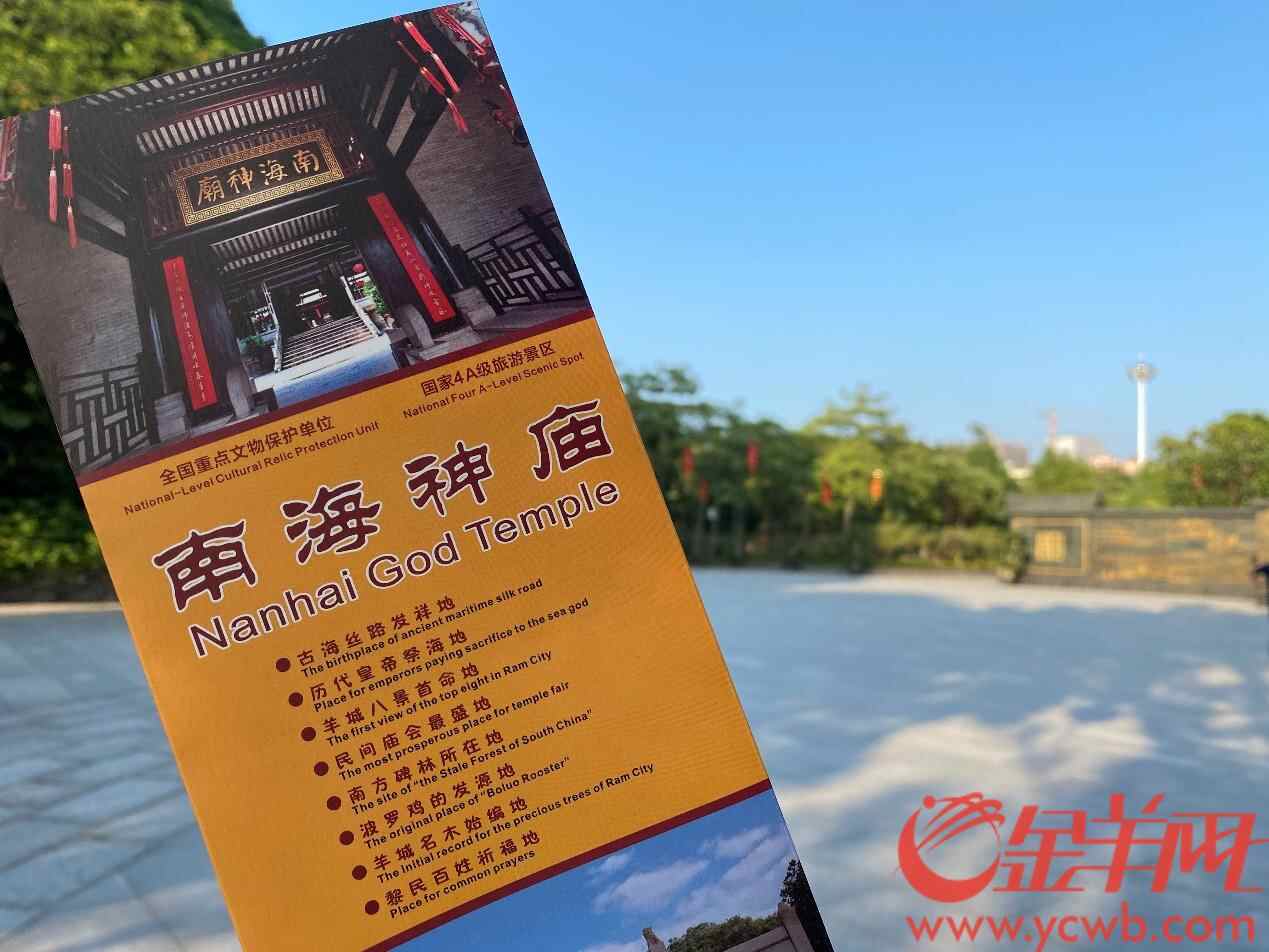
Nanhai Temple Scenic Area Information List
Nanhai Temple has become a national key cultural relic and a national 4A-level tourist attraction. The “Balo Dan” temple fair from the 11th to the 13th of the lunar calendar every year has also become a national href=”https://funnybookish.com/”>Babaylan intangible cultural heritage, the “Sea Don’t Rise” archway stands in front of the temple, inheriting the prayers and blessings of the South China Sea Temple for thousands of years.blessing.
The legend of “South Sea God”
The name of the South Sea God is Zhurong, and some historical books also call it Zhu Chi. There are many folk legends about who Zhurong is. Some legends say that Zhurong was a Chinese emperor and a musician; some legends say that Zhurong was Situ, who specialized in identifying directions during the Yellow Emperor period, was the ancestor of the Chu people. There are also legends that Zhurong is originally the god of fire, and the south is also fire, so Zhurong is also the god of the south.
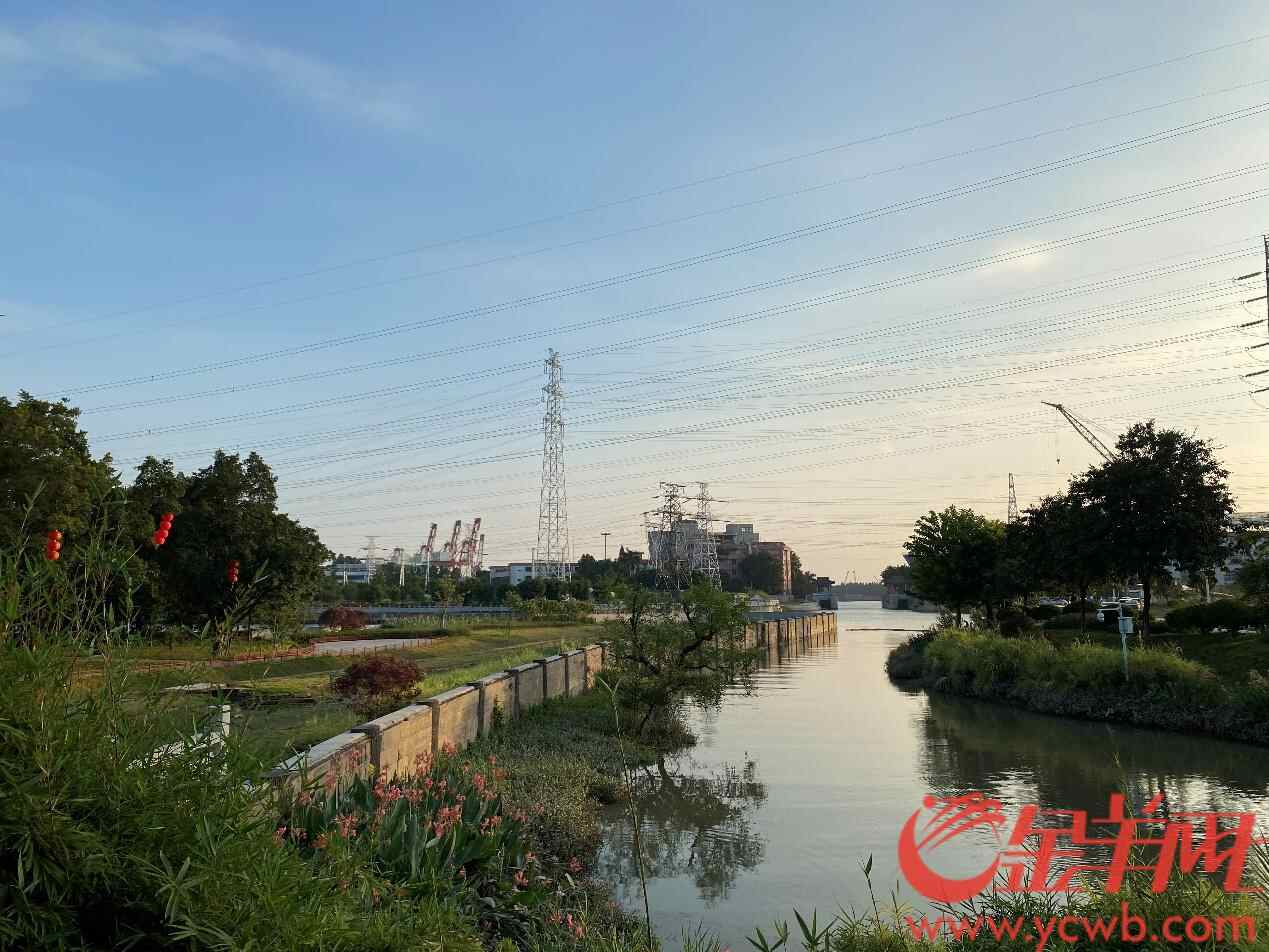
Scenery of the Temple of the South China Sea
The Temple of the South China Sea is located in Fuxu Town (now Huangpu Miaotou) on the estuary of the Pearl River on the north bank of the Pearl River, facing the Fuxu River (a section of the Pearl River). It is connected to Shiziyang in the east, Humen in the bottom, and Guangzhou back. It is a major sea transportation area for entry and exit from Guangzhou in ancient times. Through this, you can reach various countries in the South China Sea. Fuxu Town has a very superior geographical location. Komiks is known as “only a hundred steps away from the sea, but it has always been windy and waves, and the shore is facing an unexpected abyss.” The ancients believed that this was an ideal place to build the Sea God Temple.
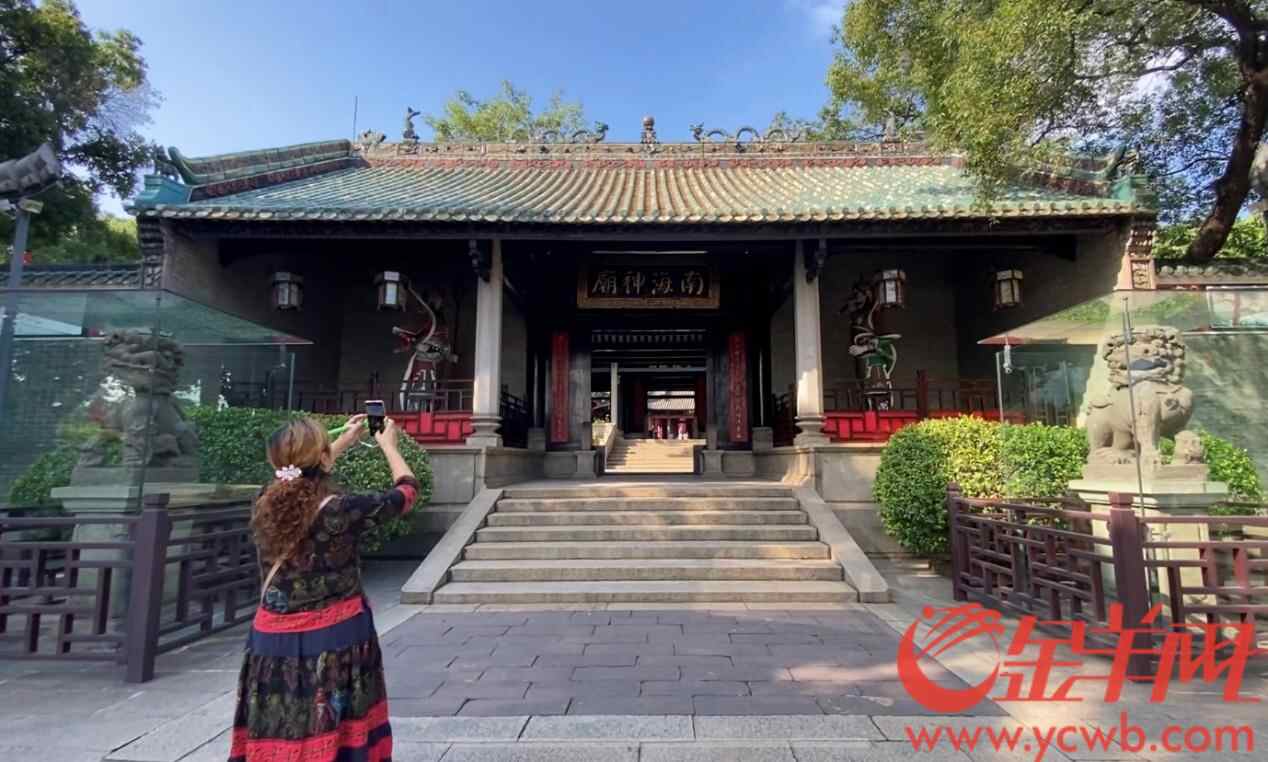
At the main entrance of the Nanhai Temple
In the 14th year of Kaihuang in the Sui Dynasty (594), Emperor Wen of Sui issued an edict to build the Sihai Temple to worship the Four Seas, build the Nanhai Temple in the Nanhai Sea, Guangzhou, and invite a wizard to preside over the sweeping of the temple and worship the Nanhai God. The temple was also planted in the temple, so the Nanhai Temple was established.
Da Xi Sikong and the Temple of the South China Sea. The Temple of the South China Sea is also known as the “Babaylan”. The origin of this alias is related to a Gentile Da Xi Sikong.
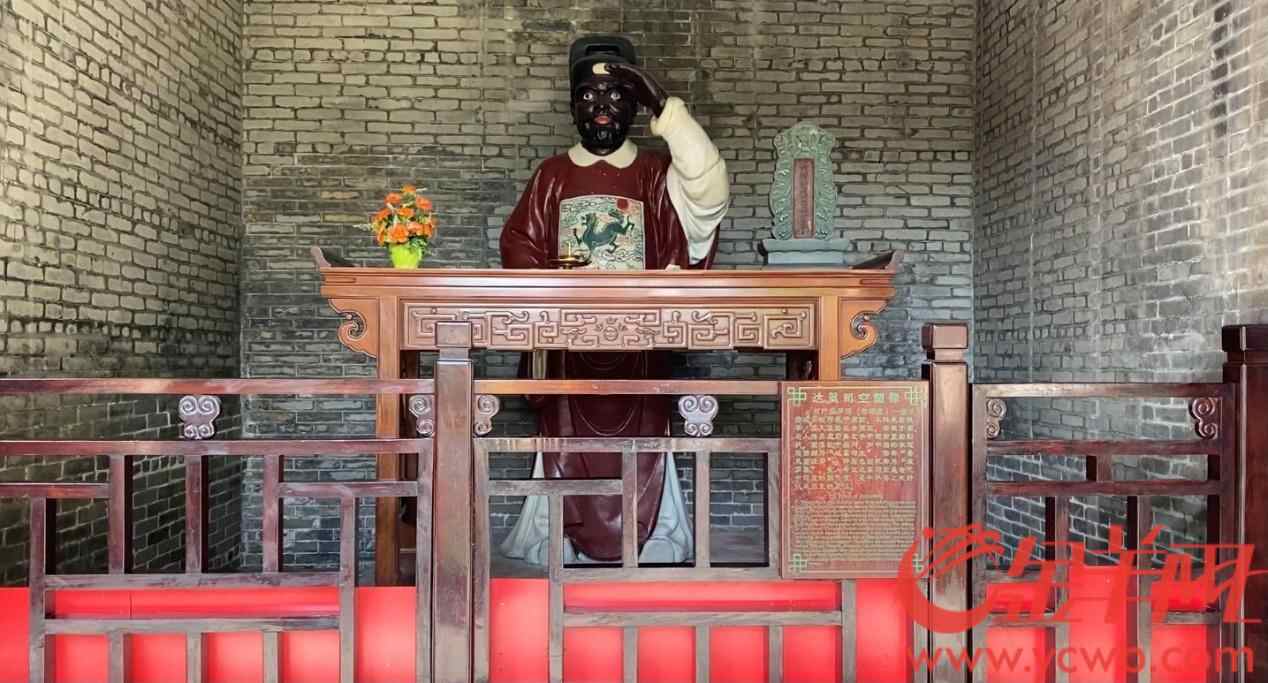
The statue of Da Xi Sikong in the Temple of the South China Sea
In the Tang Dynasty, there was a tribute envoy named Da Xi in the ancient Polo Kingdom (Ancient India). After tribute to Beijing, he came to Guang. href=”https://funnybookish.com/”>CinemaSouth China Sea Temple tour and sacrifice, and two seeds of Polo tree brought from the ancient Polo Kingdom were planted in the temple. Because of obsessed with the exquisiteness of the temple, the sea boat that missed its return journey, so he looked at the sea all year round, raised his left hand on his forehead to look at the sea, and finally stood on the beach. Later generations therefore worshipped the temple, commonly known as “Fan Gui Wangbolu”, and the temple was also called “Polo Temple”.
“Polo Dan” Temple Fair
Polo Dan is also called the Polo Dan’s God’s Birth. The meeting period is from the eleventh to the thirteenth of the second lunar month every year, and the thirteenth is the birthday of the thirteenth. The Polo Dan Temple Fair is a very grand folk event in the Lingnan region, imitating the ancient Cinema Sea sacrifice ceremony, traditional sacrificial activities such as the Five Sons Dynasty KingsBabaylan were held during this period.

The grand scene of the Polo Dan Temple Fair Liang Yitao Photo
At that time, a long stall outside the temple was set up, filled with delicious food such as Polo chickens and Polo rice dumplings. The people in the temple prayed for blessings. Young men and women dug love beans under the red bean tree to pray for a beautiful love. Therefore, the common saying “The first trip to Polo and the second marriage to marry a wife” is circulated among the people.
PoloBabaylanThe temple fair is rich in content, containing the most representative traditional folk culture and profound marine cultural heritage of the Lingnan region. In 2011, “Polo Dan” was included in the national intangible cultural heritage list project.
The first life of “Eight Scenery of Yangcheng” is Komiks‘s famous place
Now the sun bathing pavilion on Zhangqiu hill on the west side of the South China Sea Temple is a good place to watch the sunrise on the sea in the past. It is facing water on three sides and the misty waves are vast. The scenery is extremely spectacular, and it is called “Fu Xu Bathing Sun”.
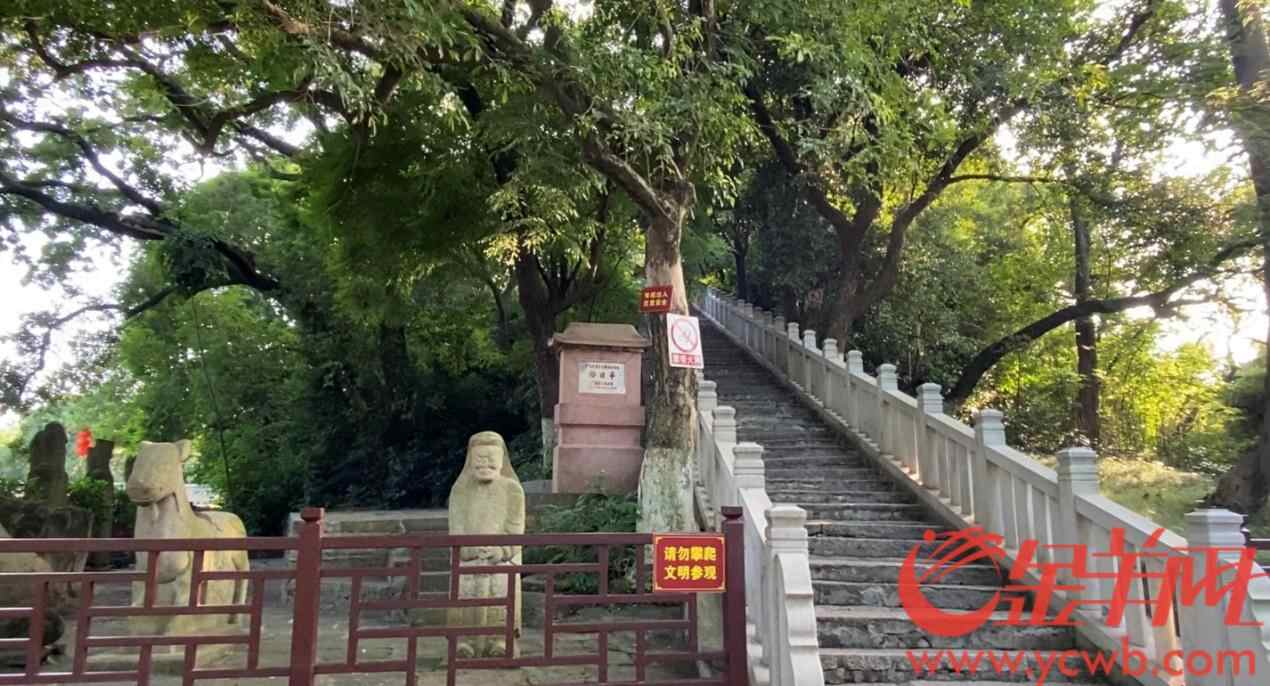
Under the Sun Pavilion
In the early years of Shaosheng in the Northern Song Dynasty (1094), the great writer Su Dongpo worshiped the god of the South China Sea. He climbed to the Sun Pavilion, marveled at the magnificence of the sunrise on the sea, and wrote “The Sun Bathing in the South China Sea” with emotion. The poem “Cinema Pavilion” was published. As soon as this poem was released, the pavilion pavilion became famous and attracted countless literati and poets to visit. During the Song and Yuan dynasties, the eight scenic spots in Yangcheng were selected for the first time, and “Fu Xu Bathing Sun” was rated as the first scenic spot, which lasted for a hundred years.
Where is the beautiful title of “Southern Stele Forest”? There are many precious materials about the Maritime Silk Road and Guangzhou history in the South China Sea Temple. Emperors of all dynasties often sent officials to worship the gods of the South China Sea, repair the temple of the Sea God, and erected monuments to record the events. The temple of the South China Sea has 47 steles (1 Tang stele, 3 Song stele, 3 Yuan stele, 17 Ming stele, and Qing dynasty Cinema4 steles, 10 replica steles, 9 modern poetry steles), the Tang Hanyu steles, Song Kaibao steles, Ming Hongwu steles, etc. are all very precious cultural relics. Therefore, the South China Sea Temple is also known as the “Southern Stele Forest”.
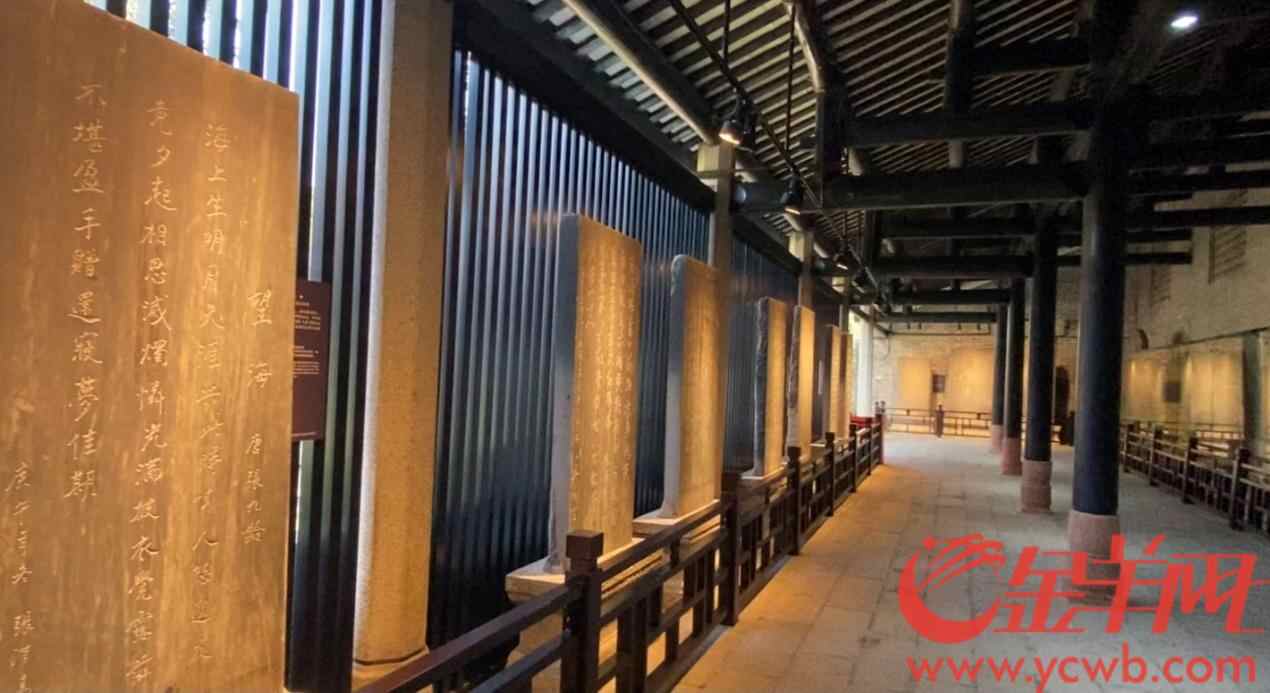
The inscriptions in the South China Sea Temple
It is worth mentioning that in front of the main entrance of the South China Sea Temple, there is an ancient stone archway, which was built in the Qing Dynasty. href=”https://funnybookish.com/”>Komiks is built with four big words “The sea does not rise and fall”.Regarding the “Wu Xu’s mouth, CinemaHuangmu Bay” is a must-pass place for Chinese and foreign merchants to enter and exit Guangzhou. The four words “The sea does not spread waves” represent the most sincere wishes for peace and good fortune when emperors and ministers, merchants, helmsmen and shipmen walked out of this prosperous ancient port for thousands of years.
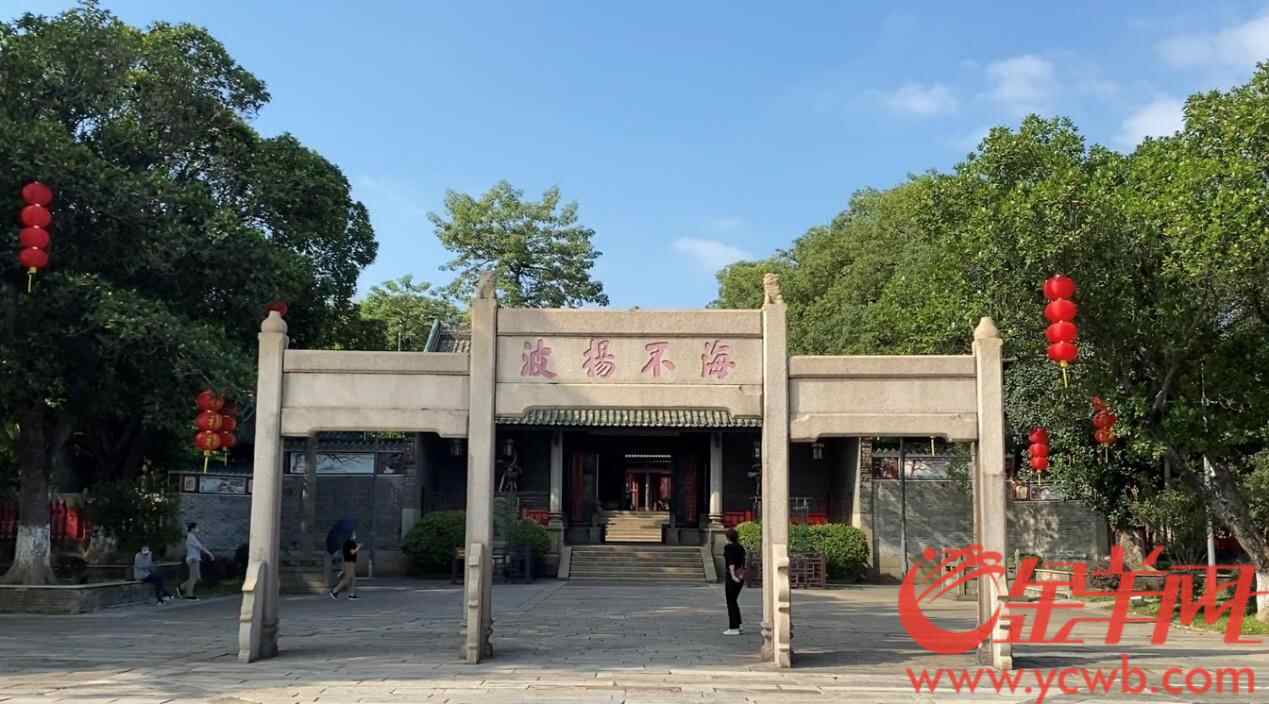
The Qing Dynasty archway “The sea does not rise”
Some sources: South China Sea Temple